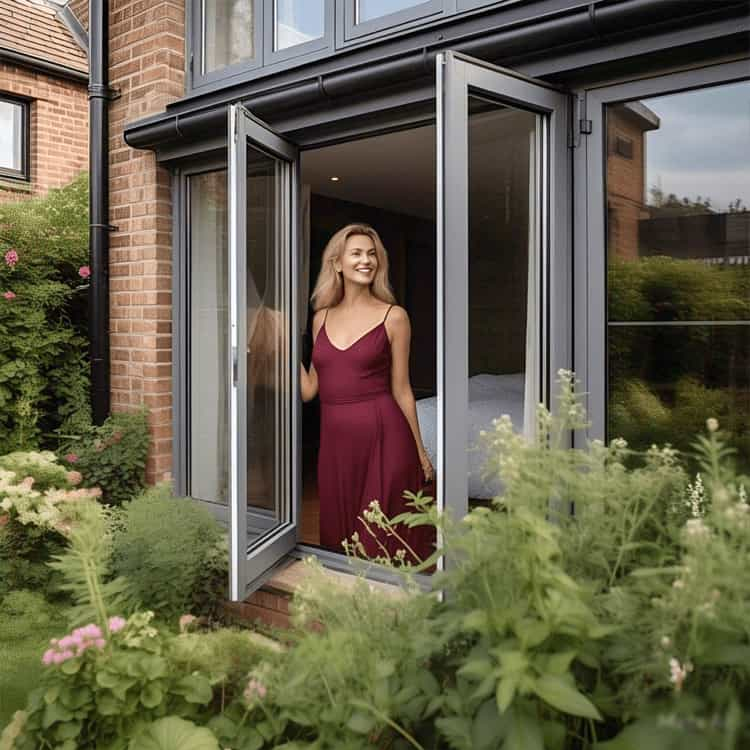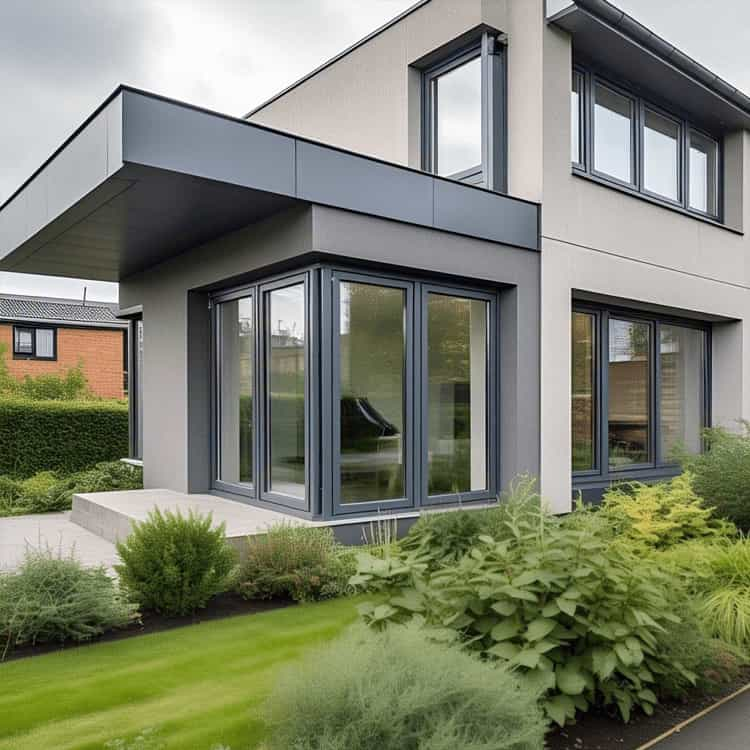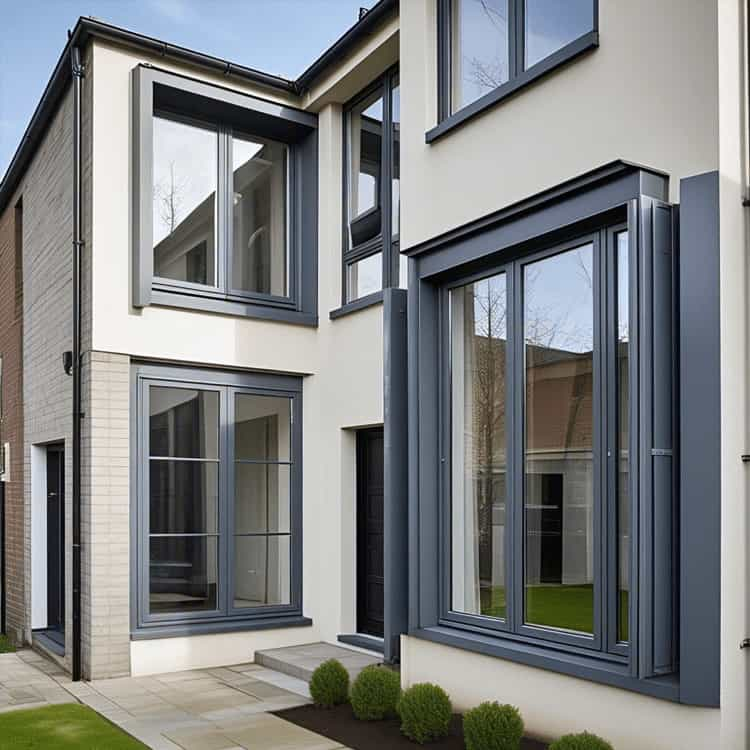A Trusted Choice for UK Homeowners in 2025
With over a decade of experience in UK home improvement, our insights bring clarity to one of the fastest-growing trends — grey uPVC windows. From design to durability, this guide explores why thousands of homeowners across the UK are making the switch. For a deeper dive into uPVC’s popularity, explore why uPVC is a top choice in construction.
🏡 Cutting-Edge Design: Modern Elegance with Timeless Appeal

Grey uPVC windows deliver a contemporary look that enhances the character of any property. Their sleek and understated design suits everything from Victorian terraces to modern new-build estates. Discover the latest design trends in uPVC doors and windows.
- Sophisticated Colour Palette: Neutral grey complements brick, stone, render, and timber cladding.
- Customizable Profiles: Available in casement, tilt-and-turn, sash, and bay configurations. Learn about the benefits of uPVC casement windows.
- Low-Maintenance Finish: Foil-laminated or painted grey options are UV-stable and weather-resistant.
♻️ Energy Efficiency: Keeping Homes Warm and Bills Low
Energy costs are rising — and grey uPVC windows are stepping up as a smart energy-saving solution. For more on efficiency, read about how uPVC improves home energy efficiency.
- U-Value Performance: Double-glazed options achieve U-values as low as 1.2 W/m²K; triple glazing can reach <1.0 W/m²K.
- Thermal Break Technology: Multi-chambered profiles reduce heat loss during harsh UK winters.
- Savings You Can Feel: According to the Energy Saving Trust, upgrading from single-glazing can save £195–£270/year on heating bills (2024 data).
- Eco-Friendly Materials: Many manufacturers now offer lead-free, recyclable uPVC frames.
🌦️ Built for British Weather: Durable in All Conditions
Whether it’s coastal rain or inner-city grime, grey uPVC windows are built to endure. For longevity insights, see how long uPVC windows last in UK climates.
- Weatherproof Construction: Sealed against rain, wind, and condensation.
- No Fading or Warping: Long-lasting colour and structural stability.
- High-Security Features: Multi-point locking, internal beading, and steel reinforcement options.
- Peace of Mind: Most come with 10 to 15-year guarantees from trusted UK installers.
💷 Value-Boosting Investment: Smart and Stylish

Grey uPVC windows don’t just look great — they’re a long-term financial win:
- Increased Property Value: Upgraded windows can boost home resale value by up to 10%, based on recent UK property reports.
- Curb Appeal: Stylish grey frames instantly modernise and differentiate your home.
- Streamlined Installation: Professional installers ensure fast fitting with minimal disruption.
🧠 Expert Endorsements
Industry experts agree — grey uPVC windows strike the perfect balance between functionality and finesse.
“After installing grey uPVC casement windows, my 1930s home not only feels warmer — but looks brand new. We’ve had neighbours asking where we got them!”
— Maggie T., Sheffield homeowner
Architects and energy consultants consistently recommend them for retrofits, extensions, and eco-upgrades. For more on performance, check uPVC windows’ dos and don’ts.
❓FAQs
Q1. How long do uPVC windows typically last?
20–35 years on average, with very little upkeep required.
Q2. What is the cost of installing grey uPVC windows in the UK?
Expect £250–£500 per window, depending on style and installer.
Q3. Are grey uPVC windows energy efficient?
Yes — modern units can achieve U-values as low as 1.2 W/m²K or better with triple glazing.
Q4. Do they require much maintenance?
No — just occasional cleaning. No painting, staining, or sealing needed.
Q5. What security features do they offer?
Features include multi-point locks, reinforced frames, and laminated glazing options.
Q6. Will the colour fade over time?
No — thanks to UV-stable foils and weatherproofing, the grey remains sharp for decades.
Q7. Are grey uPVC windows suitable for traditional UK homes?
Yes — the neutral tone enhances period homes without looking out of place.
Q8. Can they be used with double or triple glazing?
Absolutely — they’re compatible with both, helping reduce noise and heat loss.

